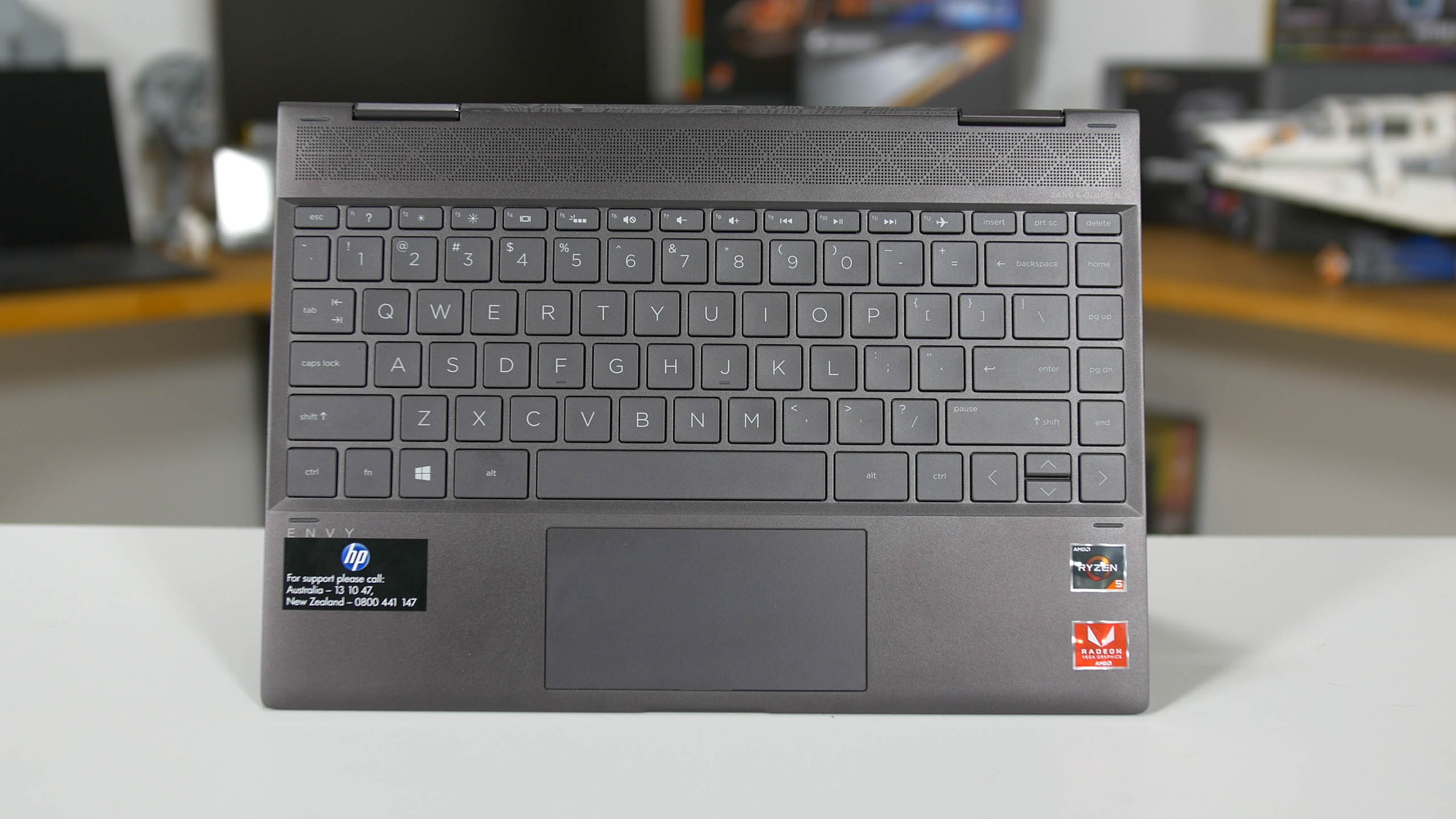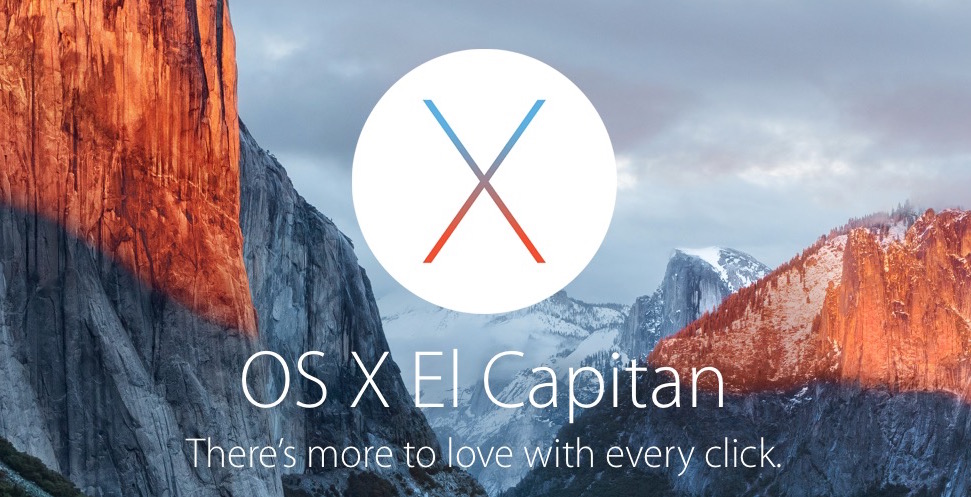A mid-2011 iMac or similar running OSX El Capitan; An 8GB or larger USB drive; An ISO containing Windows 10 (I used Windows 10 Enterprise) 50GB free disk space, 100GB recommended; Step 1: Disable El Capitan's System Integrity Protection. El Capitan ships with a new OS X feature: System Integrity Protection (SIP), also known as 'rootless' mode. I have a brand new MacBook Pro with 16GB RAM running El Capitan - 10.11.4. I am, however having lots of problems with creating and installing Windows 10 using Boot Camp. I have had this working with Windows 10 once but made some fundamental errors. I resized the windows partition using a windows product so that I could add another partition.
MacBook Pro 15' w/Retina Display
El Capitan 10.11
El Capitan boot camp assistant will fail to remove your Windows partition if you don't want that Windows installation. And you will likely end up with backing up your Mac OS X and format the whole. El Capitan 10.11. Windows 8.1 Pro. I have a USB key with Windows and Apple tools installed. Bootcamp did a fantastic job on formatting the USB key and priming everything for install. In the next step, when I attempt to create a partition for Windows 8.1 pro (using Bootcamp) two things occur. The 'Divide Equally' button is grayed out.
Windows 8.1 Pro
I have a USB key with Windows and Apple tools installed. Bootcamp did a fantastic job on formatting the USB key and priming everything for install. In the next step, when I attempt to create a partition for Windows 8.1 pro (using Bootcamp) two things occur. 1. The 'Divide Equally' button is grayed out. 2. After manually selecting my disk partition size, I receive a 'Your disk could not be partitioned error' about 30 seconds after hitting the install button.

Included is a screenshot of the event log. The action occurs from 9:30-9:31. Thank you for your help. Cheers!
What you need to install Windows 10 on Mac
- MacBook introduced in 2015 or later
- MacBook Air introduced in 2012 or later
- MacBook Pro introduced in 2012 or later
- Mac mini introduced in 2012 or later
- iMac introduced in 2012 or later1
- iMac Pro (all models)
- Mac Pro introduced in 2013 or later
The latest macOS updates, which can include updates to Boot Camp Assistant. You will use Boot Camp Assistant to install Windows 10.
64GB or more free storage space on your Mac startup disk:
- Your Mac can have as little as 64GB of free storage space, but at least 128GB of free storage space provides the best experience. Automatic Windows updates require that much space or more.
- If you have an iMac Pro or Mac Pro with 128GB of memory (RAM) or more, your startup disk needs at least as much free storage space as your Mac has memory.2
:format(jpeg):background_color(fff)/https%3A%2F%2Fwww.onemorething.nl%2Fwp-content%2Fuploads%2F2015%2F10%2Fmacbook-windows-16x9-1.png)
An external USB flash drive with a storage capacity of 16GB or more, unless you're using a Mac that doesn't need a flash drive to install Windows.

A 64-bit version of Windows 10 Home or Windows 10 Pro on a disk image (ISO) or other installation media. If installing Windows on your Mac for the first time, this must be a full version of Windows, not an upgrade.
- If your copy of Windows came on a USB flash drive, or you have a Windows product key and no installation disc, download a Windows 10 disk image from Microsoft.
- If your copy of Windows came on a DVD, you might need to create a disk image of that DVD.
How to install Windows 10 on Mac
To install Windows, use Boot Camp Assistant, which is included with your Mac.
1. Check your Secure Boot setting
Learn how to check your Secure Boot setting. The default Secure Boot setting is Full Security. If you changed it to No Security, change it back to Full Security before installing Windows. After installing Windows, you can use any Secure Boot setting without affecting your ability to start up from Windows.
2. Use Boot Camp Assistant to create a Windows partition
Open Boot Camp Assistant, which is in the Utilities folder of your Applications folder. Follow the onscreen instructions.
- If you're asked to insert a USB drive, plug your USB flash drive into your Mac. Boot Camp Assistant will use it to create a bootable USB drive for Windows installation.
- When Boot Camp Assistant asks you to set the size of the Windows partition, remember the minimum storage-space requirements in the previous section. Set a partition size that meets your needs, because you can't change its size later.
3. Format the Windows (BOOTCAMP) partition
When Boot Camp Assistant finishes, your Mac restarts to the Windows installer. If the installer asks where to install Windows, select the BOOTCAMP partition and click Format. In most cases, the installer selects and formats the BOOTCAMP partition automatically.
4. Install Windows
Unplug any external devices that aren't necessary during installation. Then click Next and follow the onscreen instructions to begin installing Windows.
5. Use the Boot Camp installer in Windows
After Windows installation completes, your Mac starts up in Windows and opens a ”Welcome to the Boot Camp installer” window. Follow the onscreen instructions to install Boot Camp and Windows support software (drivers). You will be asked to restart when done.
- If the Boot Camp installer never opens, open the Boot Camp installer manually and use it to complete Boot Camp installation.
- If you have an external display connected to a Thunderbolt 3 port on your Mac, the display will be blank (black, gray, or blue) for up to 2 minutes during installation.
How to switch between Windows and macOS

Restart, then press and hold the Option (or Alt) ⌥ key during startup to switch between Windows and macOS.
Learn more
El Capitan Boot Camp Windows 10
If you have one of these Intel-based Mac models using OS X El Capitan or later, you don't need a USB flash drive to install Windows:
- MacBook introduced in 2015 or later
- MacBook Air introduced in 2017 or later3
- MacBook Pro introduced in 2015 or later3
- iMac introduced in 2015 or later
- iMac Pro (all models)
- Mac Pro introduced in late 2013 or later
To remove Windows from your Mac, use Boot Camp Assistant, not any other utility.
For more information about using Windows on your Mac, open Boot Camp Assistant and click the Open Boot Camp Help button.
1. If you're using an iMac (Retina 5K, 27-inch, Late 2014) or iMac (27-inch, Late 2013) or iMac (27-inch, Late 2012) with a 3TB hard drive and macOS Mojave or later, learn about an alert you might see during installation.
2. For example, if your Mac has 128GB of memory, its startup disk must have at least 128GB of storage space available for Windows. To see how much memory your Mac has, choose Apple menu > About This Mac. To see how much storage space is available, click the Storage tab in the same window.
El Capitan Boot Camp Windows 10 Iso
3. These Mac models were offered with 128GB hard drives as an option. Apple recommends 256GB or larger hard drives so that you can create a Boot Camp partition of at least 128GB.